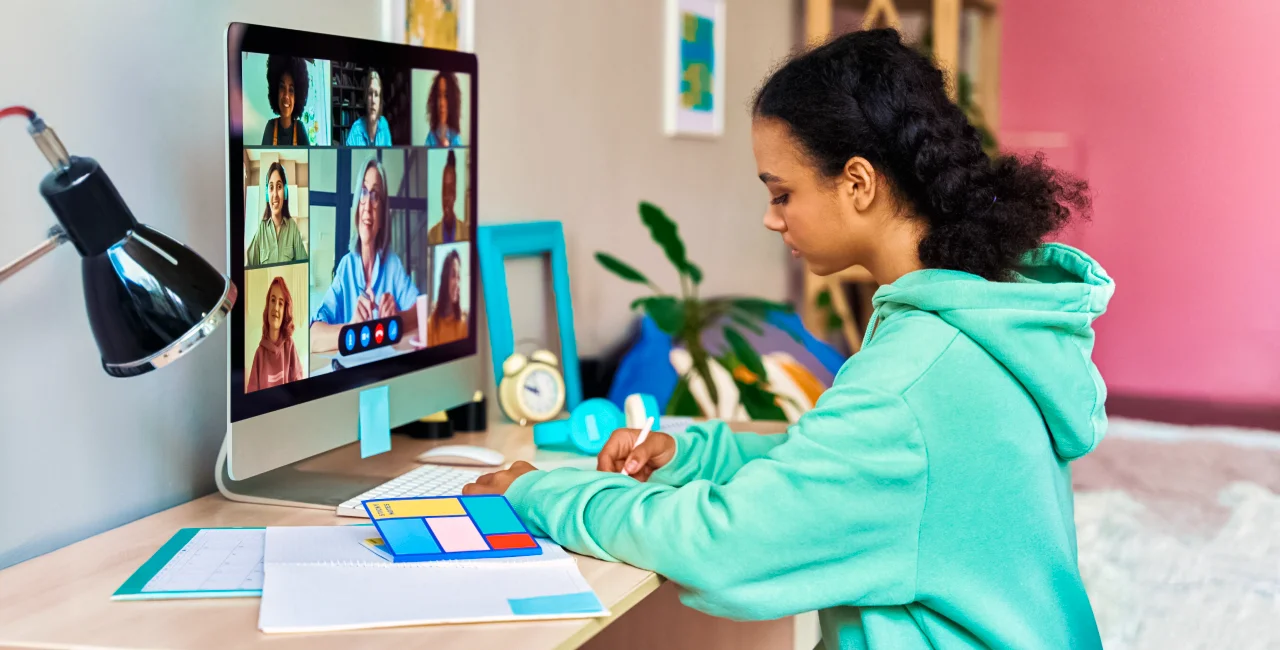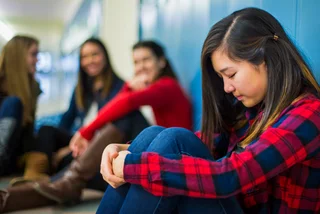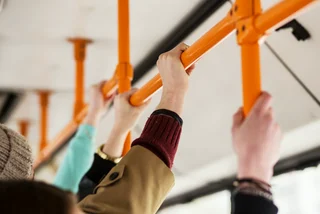The Czech Ministry of Education is pushing for a new law that could see hybrid teaching – a blend of in-person and online study – a permanent part of the Czech educational system. After three years of testing various models, the ministry says incorporating elements of distance learning into traditional classroom settings will improve, streamline, and modernize education.
Deputy Minister of Education Jiří Nantl believes that the changes brought on by the Covid-19 pandemic have highlighted the potential benefits of combined teaching. He pointed out the fact that hybrid teaching is effective for various groups of students, including those with long-term illnesses and those who spend time abroad.
Not aimed at primary schools
The new plan would allow schools to teach outside of the traditional classroom and school settings, with the exact conditions and limitations yet to be determined. Nantl explains: "The amount of online teaching will differ for individual levels of education. Undoubtedly, it will be significantly higher in secondary schools than in elementary schools.” Nantl also points out that it is not the ministry’s goal to make hybrid teaching mainstream in elementary education.
The new law will allow for more flexible teaching methods, with a 50:50 ratio between traditional classroom teaching and distance learning.
Schools already experimenting
The ministry hopes that combined teaching will significantly improve secondary education while remaining an optional or experimental approach for elementary schools. One such experimental approach is the Expedition Basic ScioŠkola, where students learn from home for three weeks and then come together for one week of field-based teaching.
According to ScioŠkola director Martina Lichtenbergová, this model has worked well for their students. She told Czech media outlet Seznam Zprávy: "We have students who are athletic and need to do sports in the afternoon. At the same time, it [hybrid teaching] is an alternative for families who do not have a public school nearby."
PARTNER ARTICLE
Helping the school-spaces shortage
A hybrid form of study would also benefit Czechia's strained educational system, which in recent years has seen a shortage of space in classrooms. In 2023, hundreds of students were unable to attend their desired secondary schools due to capacity constraints.
As confirmed by press spokesperson for the Ministry of Education Tereza Fojtová, the shortage is particularly severe in Prague and the Central Bohemia region. To address this, the ministry changed the admission process for the 2024/2025 school year intake, including an additional application and more options for fields that require a talent test.
Findings last year by education non-governmental organization EDUin found that students who aren't able to enroll in gymnasium or Czech secondary were often pushed to enroll in secondary vocational schools.
According to the EDUin analysis, the establishment of new four-year grammar schools is facing obstacles due to insufficient space for new school buildings and a shortage of teachers. In response, the Ministry of Education has promised to aid in increasing school capacities by 2027 by not limiting the expansion of four-year gymnasiums and vocational schools.
Children must be motivated
However, according to an interim report from the Czech Education Ministry, schools also noted that the success of distance learning relies heavily on the conditions within each student's household – such as spatial factors and the number of computer or laptop devices available – and their internal motivation to learn. Some students work worse outside the traditional classroom, the report says.
The ministry has been piloting different distance learning formats at dozens of schools since February 2021, with 65 schools participating in the program by the end of last year.












 Reading time: 3 minutes
Reading time: 3 minutes 































